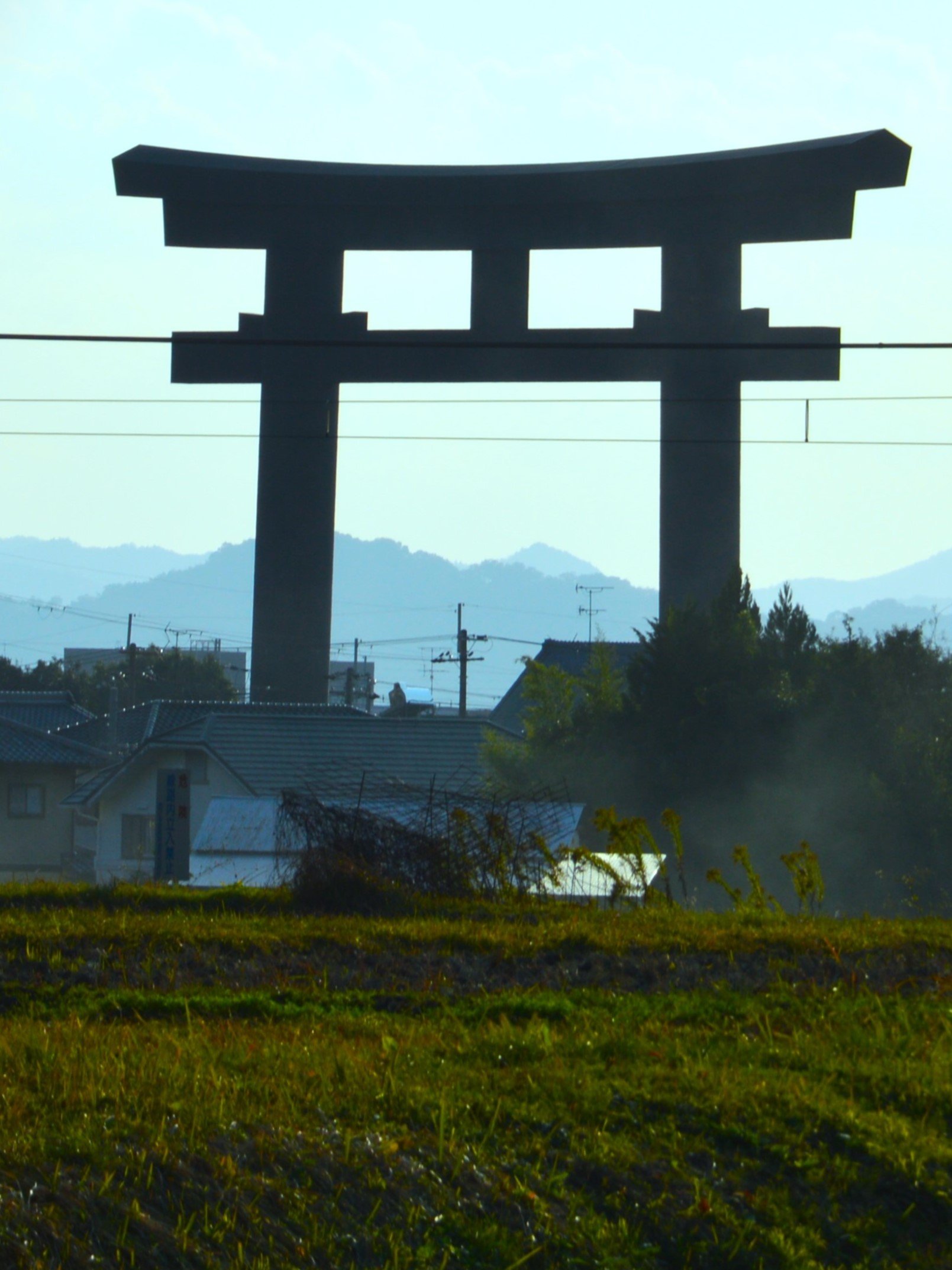Previous Episodes
- December 2025
- November 2025
- October 2025
- September 2025
- August 2025
- July 2025
- June 2025
- May 2025
- April 2025
- March 2025
- February 2025
- January 2025
- December 2024
- November 2024
- October 2024
- September 2024
- August 2024
- July 2024
- June 2024
- May 2024
- April 2024
- March 2024
- February 2024
- January 2024
- December 2023
- November 2023
- October 2023
- September 2023
- August 2023
- July 2023
- June 2023
- May 2023
- April 2023
- March 2023
- February 2023
- January 2023
- December 2022
- November 2022
- October 2022
- September 2022
- August 2022
- July 2022
- June 2022
- May 2022
- April 2022
- March 2022
- February 2022
- January 2022
- December 2021
- November 2021
- October 2021
- September 2021
- August 2021
- July 2021
- June 2021
- May 2021
- April 2021
- March 2021
- February 2021
- January 2021
- December 2020
- November 2020
- October 2020
- September 2020
- August 2020
- July 2020
- June 2020
- May 2020
- April 2020
- March 2020
- February 2020
- January 2020
- December 2019
- November 2019
- October 2019
- September 2019
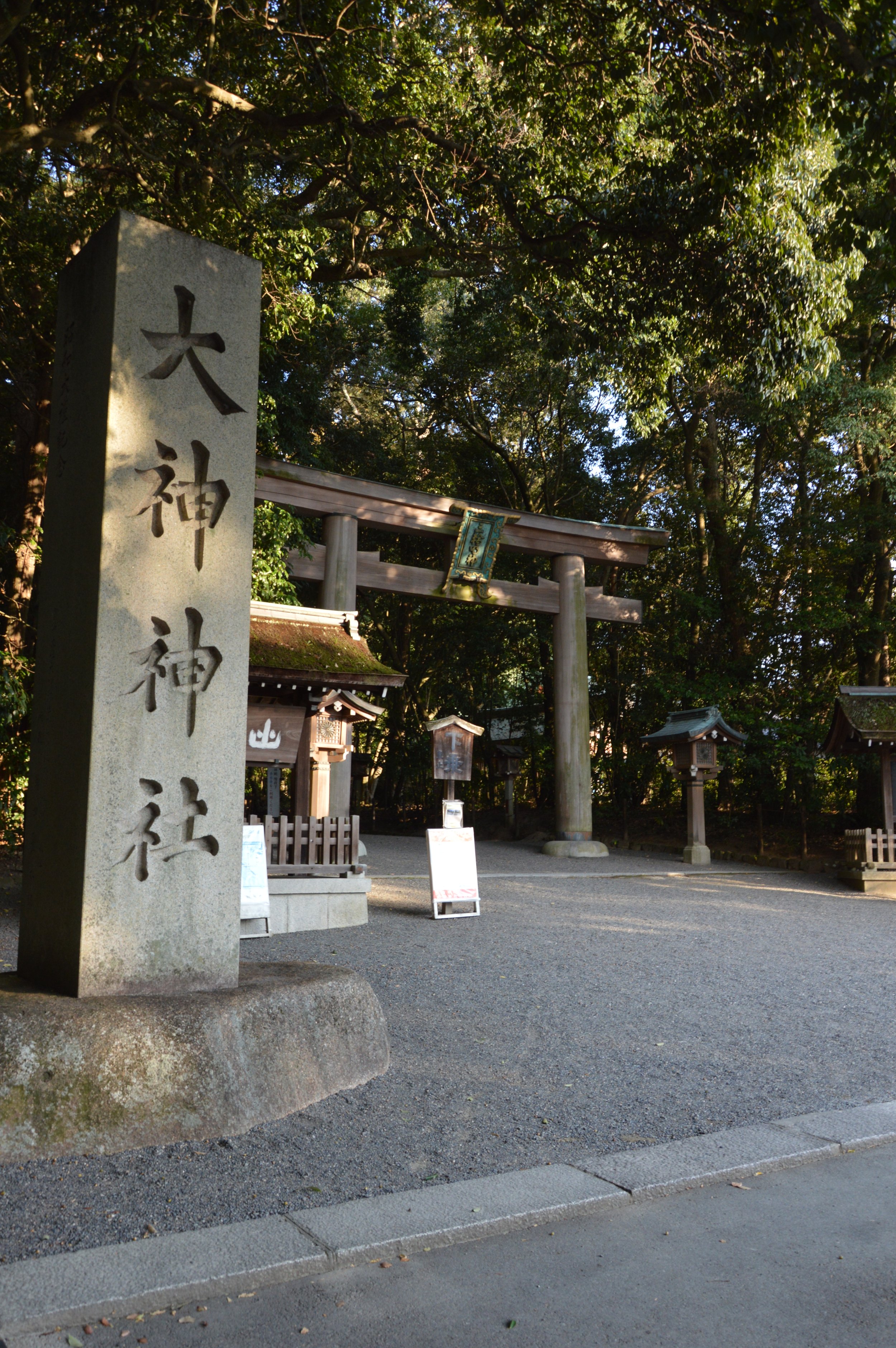
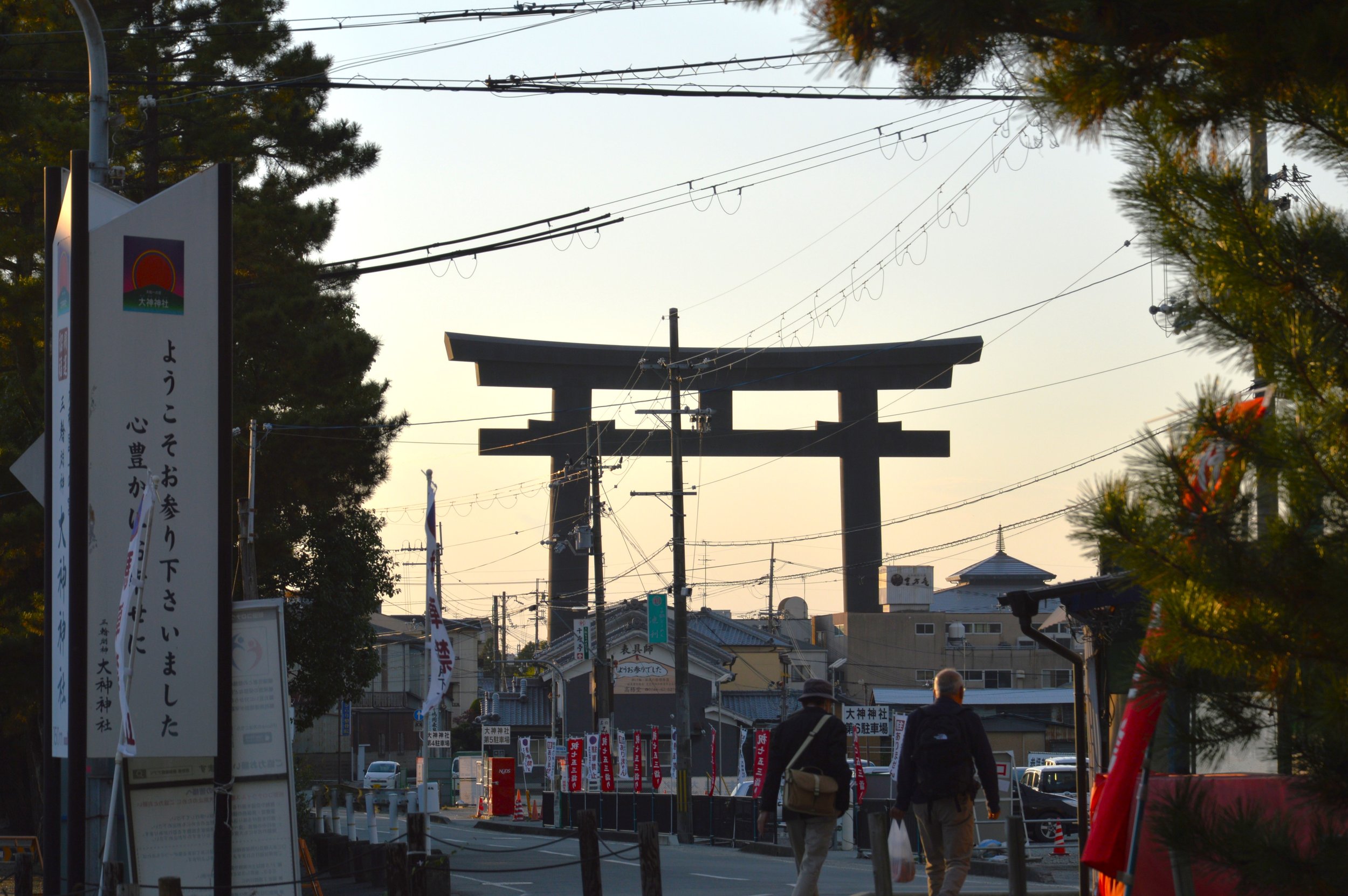
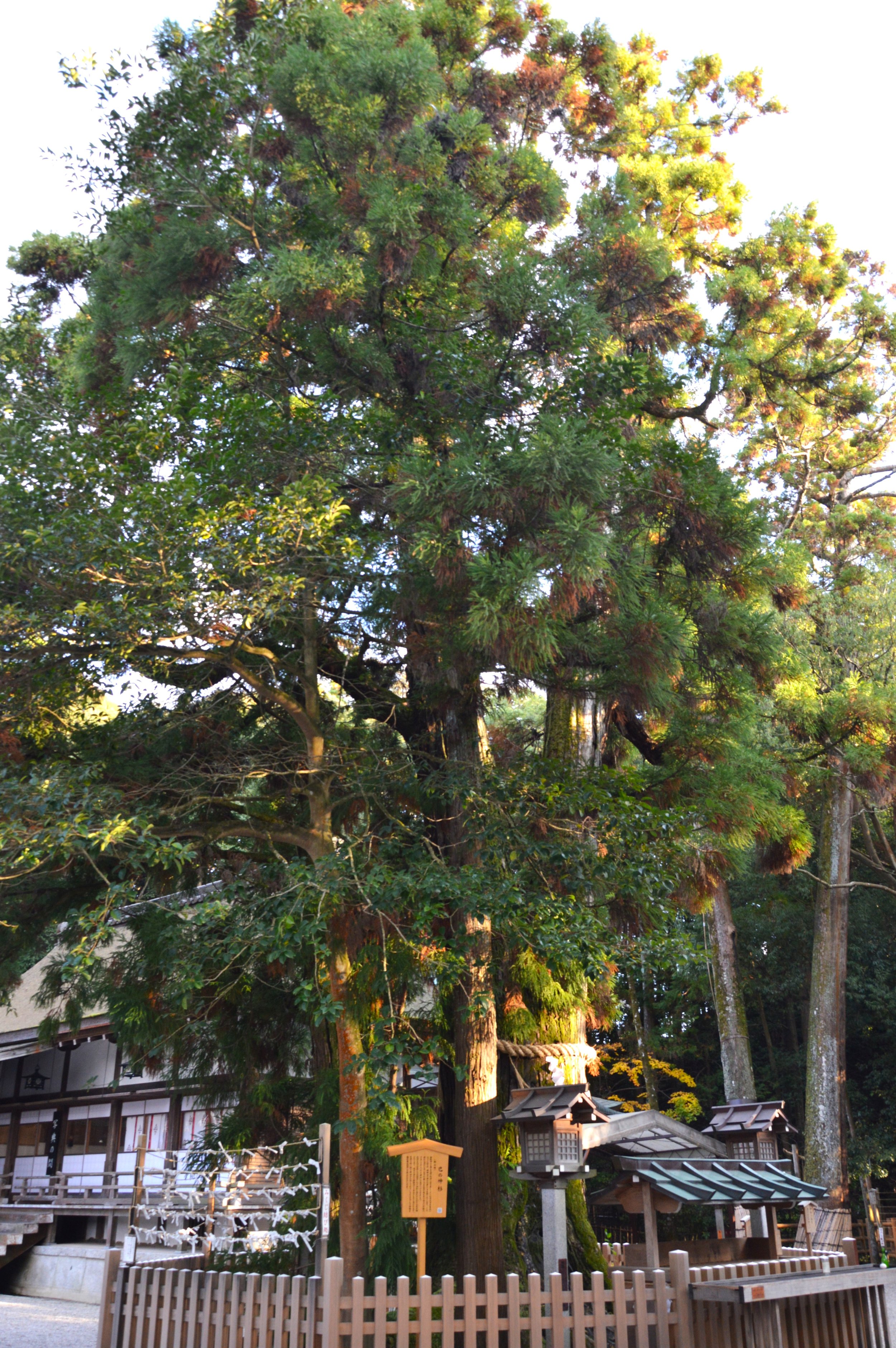

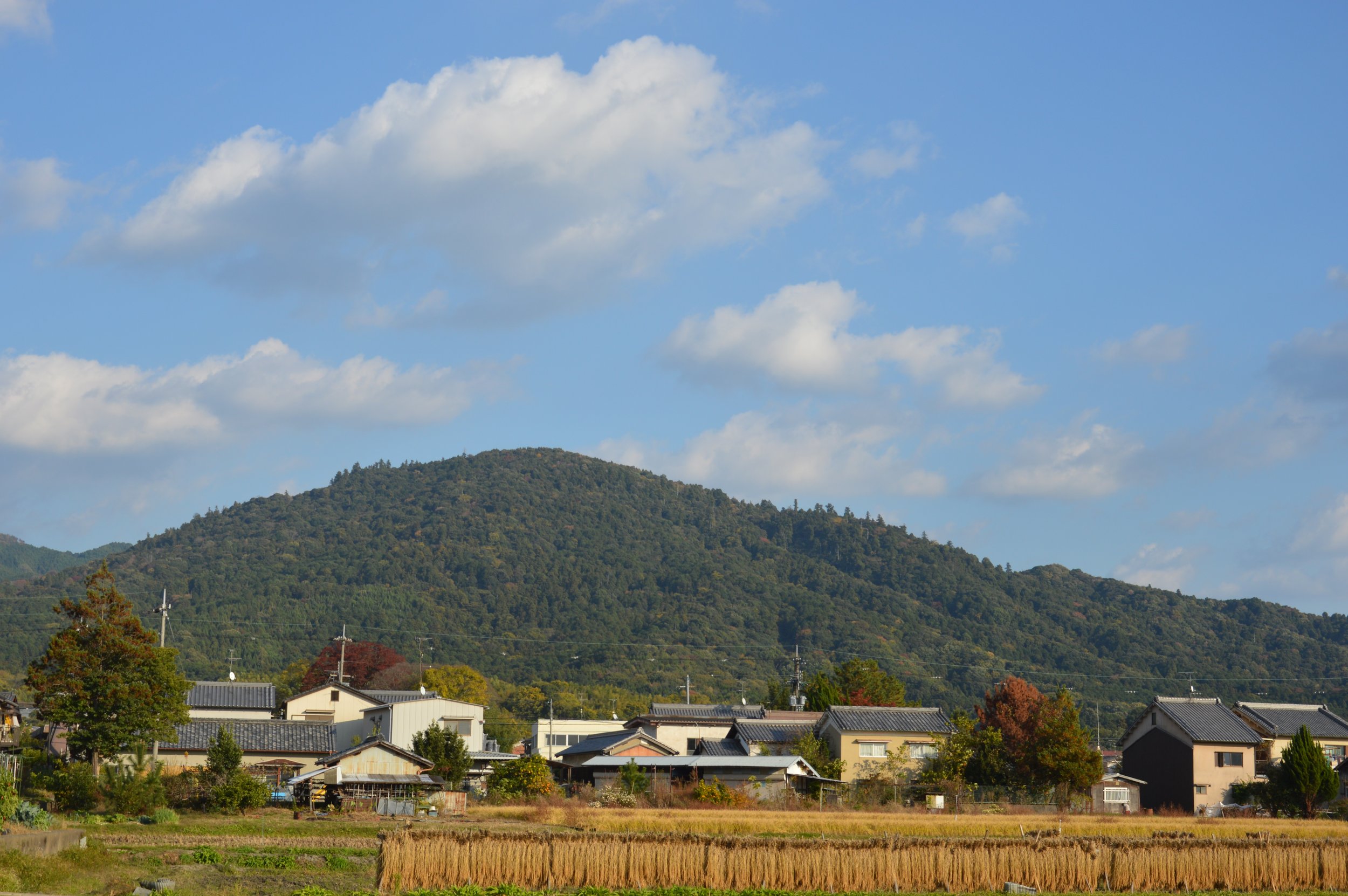
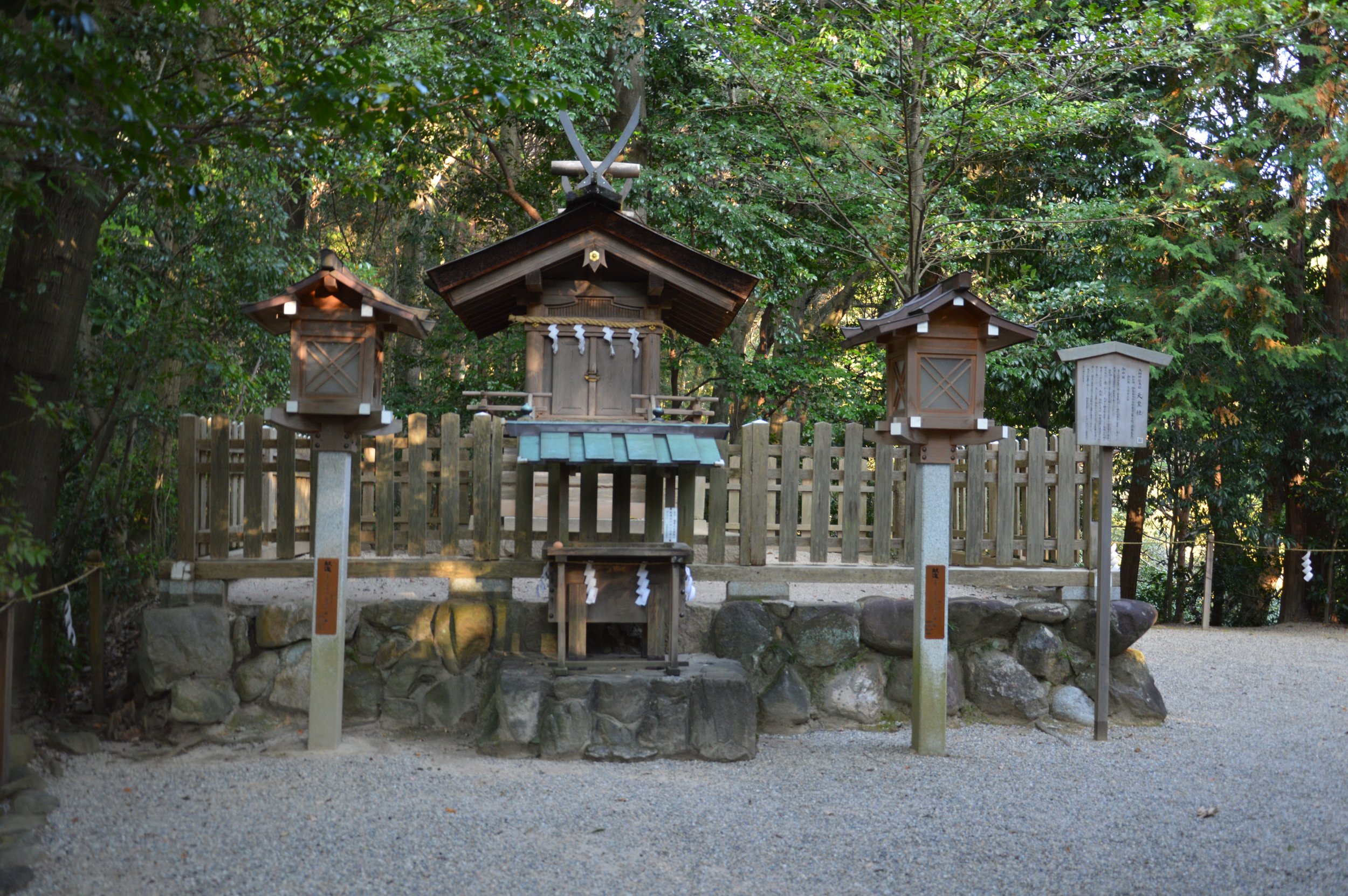
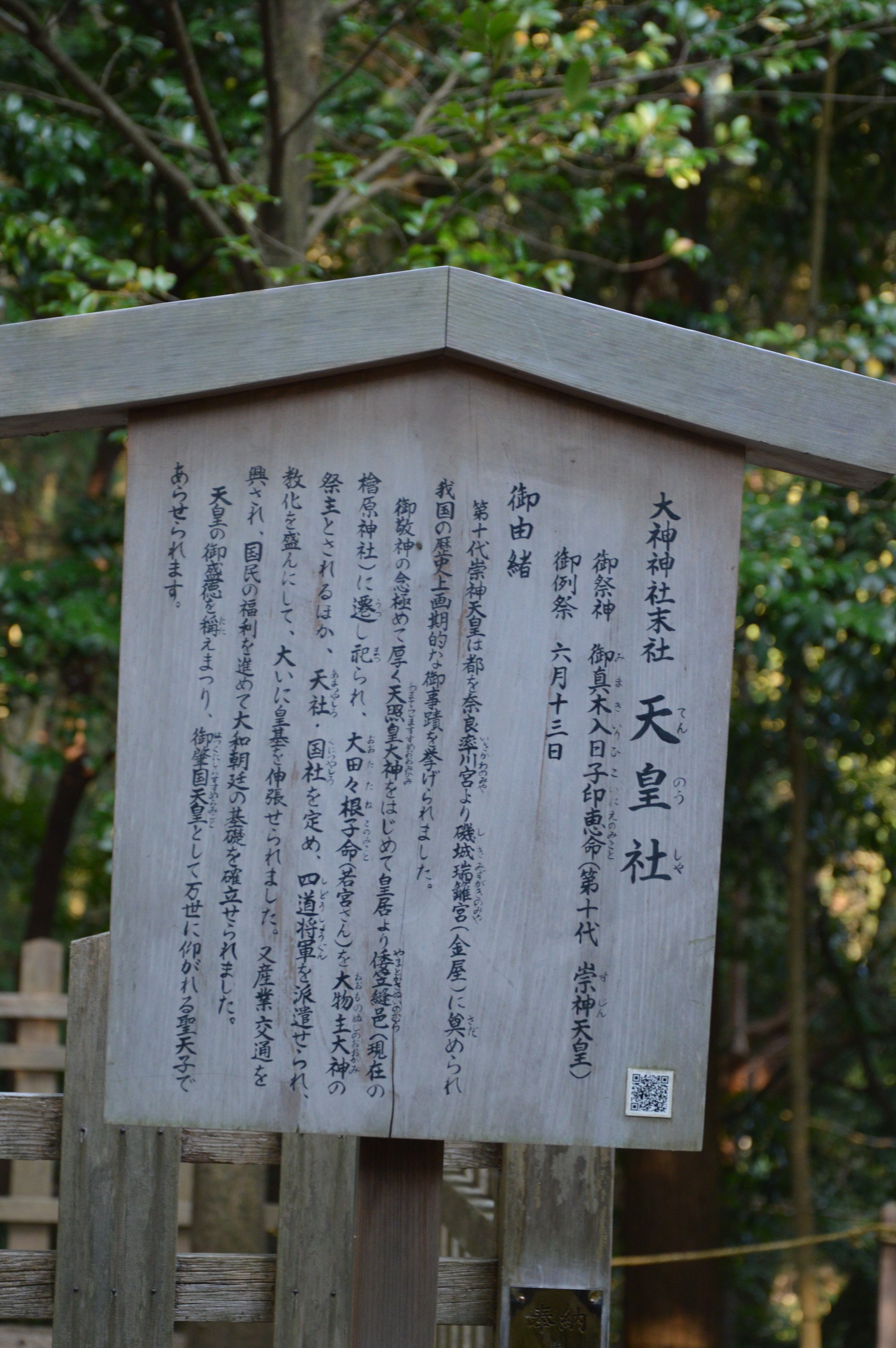
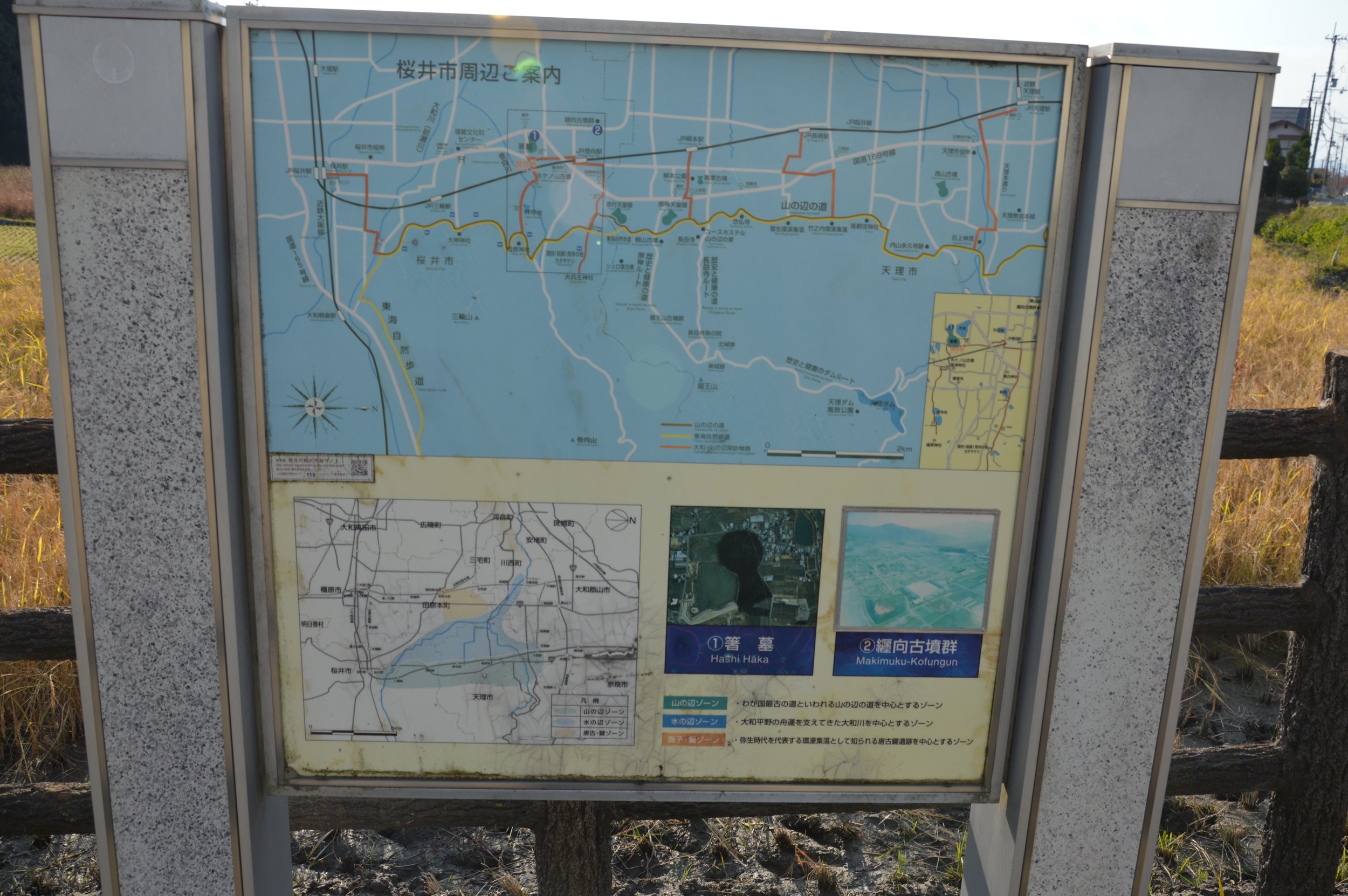
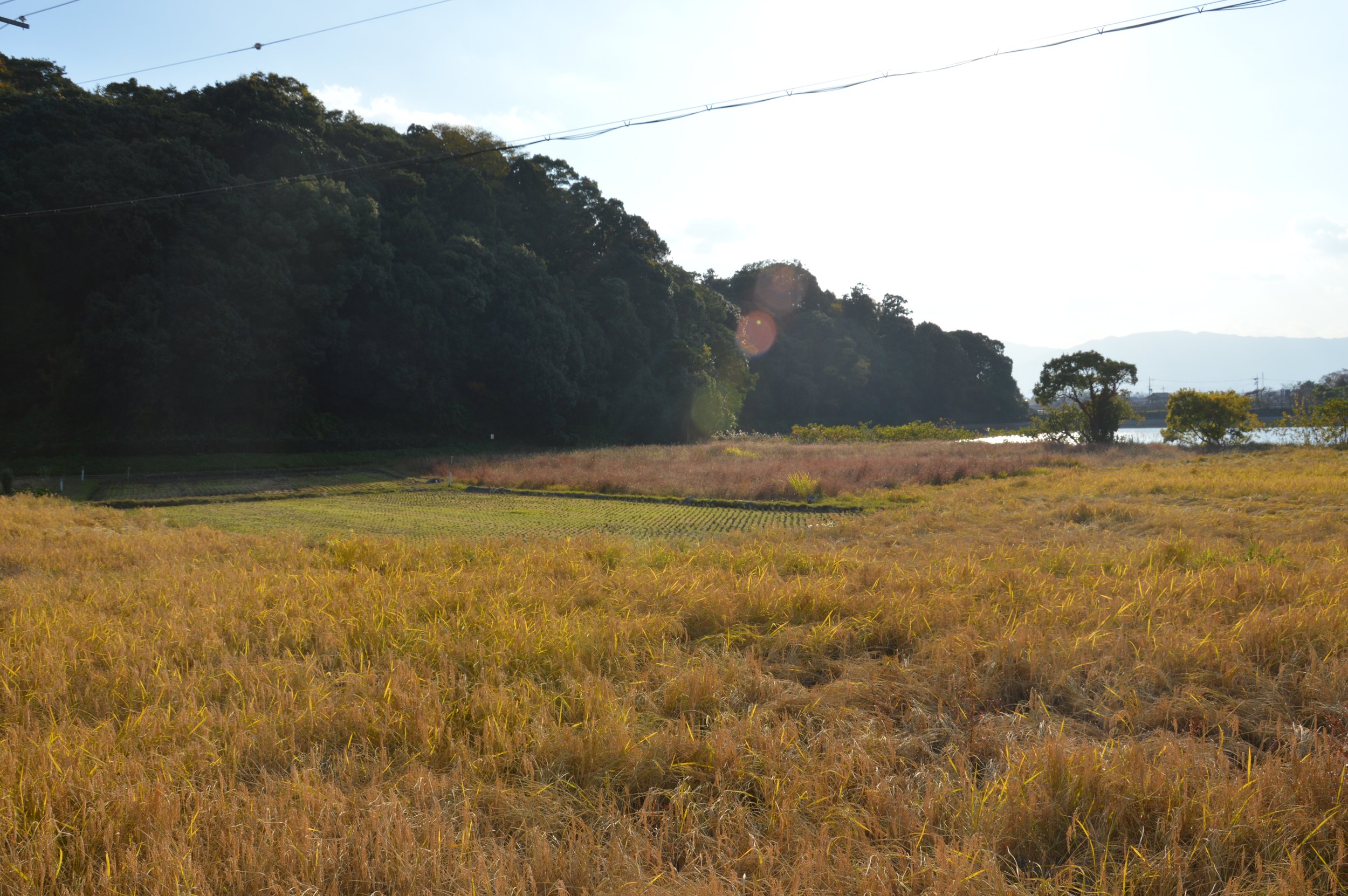
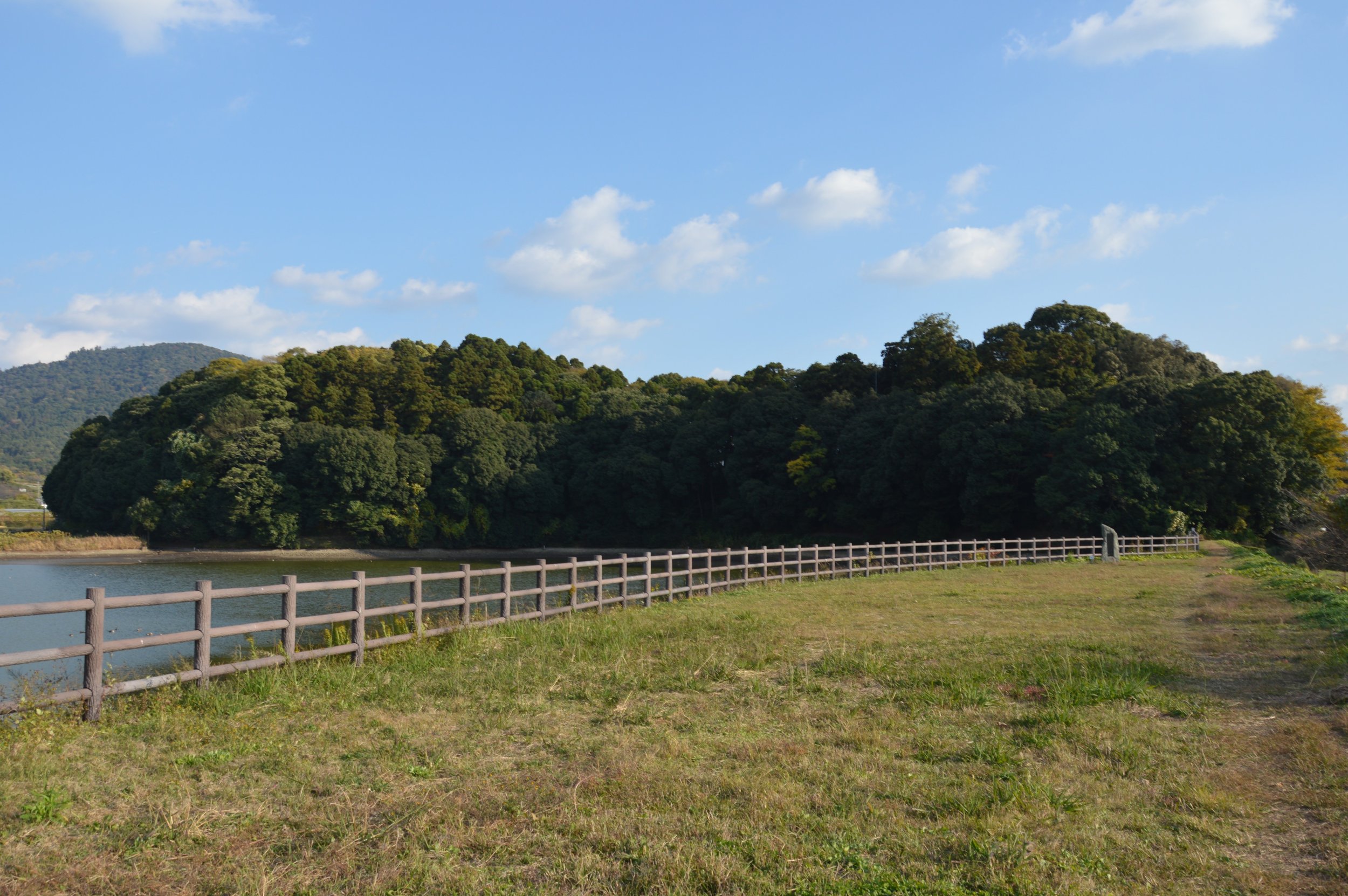
-
Welcome to Sengoku Daimyo’s Chronicles of Japan. My name is Joshua, and this is a special episode: Traveling through the ancient Nara Basin, part 1
First things first, apologies as I had fully intended to jump into the story of Ame Kunioshi Hiraki Hiro Niha, aka Kimmei Tennō. However, I’ve been recently overcome with a bout of Real Life, which has prevented me from doing the full prep work that such an episode deserves. The entry for Kimmei Tennō in the Nihon Shoki is easily one of the longer entries, and there is a lot to digest, and I don't want to jump in until I've been able to do a bit more research.
Instead, I figured I would do something different and introduce you to a little tour of the Nara Basin and all of the wonderful sites that one can go and check out, many of which are still there and quiet accessible. In fact, I recently spent some time there doing *cough* “research”, by which I mean traveling around and walking through the ancient landscape to see what remained.
Now many people may be familiar with Nara, the city which gave the basin its name. Founded in 710, it was the site of the first long term, permanent continental style capital on the archipelago. Today it is a beautiful city, nestled against the mountains, with ancient temples, shrines, and the occasional kofun, which predate the founding of the ancient capital.
It is also home to what we’ve come to call the Nara attack deer. Within the main historical park area, between Kōfukuji Temple, Tōdaiji Temple, and Kasuga Shrine, hunting is strictly outlawed, and the deer wander boldly throughout the streets. Unafraid of humans, they are generally polite, until they find an easy mark: typically a timid soul who has foolishly purchased a set of Shika Senbei, or deer crackers, hoping to gently feed the deer in an Instagram-worthy video post. The deer, however, often have other ideas, especially the young bucks, who might even use their antlers to prod such people, hoping to startle them into dropping all of the crackers.
All joking aside, the deer in Nara are just as much a draw as the rest of the city, which draws thousands of tourists every year, but it is only a small part of a larger area. Today we are going to explore a little bit outside the standard tourist route, in the southeast corner of the basin, between the cities of Tenri and Sakurai.
This is the area mentioned in the oldest stories in the Chronicles, from the time of the “first sovereign”, Mimaki Iribiko, and his successor, Ikume Iribiko. Archaeological excavations have turned up evidence of people from across the archipelago living here—or at least interacting—since the third century, which we talked about in Episode 28. That's right around the time of Queen Himiko and the emergence of the giant round keyhole shaped tumuli, or Zenpō-kōen Kofun, thought to contain the remains of the kings of ancient Yamato.
Today, this area remains relatively rural. Between the cities of Tenri and Sakurai, they still have less than half the population of Nara, their northern neighbor. Urban areas around the train stations quickly give way to rice fields and fruit orchards. The lack of urban development is often a good thing for archaeologists, suggesting that there remain many potential sites under the soil. It can be a bit of a challenge, however, for the modern traveler. While there are trains and local b uses, expect to experience much of the area as the ancient people of Yamato would have: by walking.
To start us off, then, let's imagine ourselves traveling down, by train, to Sakurai, and to the ancient shrine of Ōmiwa. As you approach, keep an eye out for the massive Shintō torii gate that towers over the buildings around it, marking the entrance to the omote-sandō, the outer approach, to Ōmiwa and the sacred Mt. Miwa that is the focus of worship, there.
Even today, Miwa dominates the landscape. While the large torii are clearly modern—and even the famous triple torii gates at the foot of the mountain are probably a later addition—it nonetheless demonstrates the continued importance of the shrine and the sacred mountain in this region.
Fortunately, today, you need not walk the entire approach, as the train station drops you off much closer to the shrine, along the latter part of the omote-sandō.
Speaking of which, I should perhaps describe this common feature at many famous shrines and temples.
The omote-sandō, or outer approach, is both a part of the shrine and yet not at the same time. It is typically the main road to the shrine, or at least the traditional approach. Unlike the main ground of the shrine, these are public roads with numerous shops lining the sides, typically geared towards those making a pilgrimage to the shrine itself. You can usually find various souvenirs, restaurants, as well as local sweets and delicacies to take back as gifts.
These paths may have one belonged to the shrine, especially if it used to be a larger institution that could then use the land rents to help pay for their own upkeep, and you may find auxiliary shrines or temples along the way, but there seems to have always been a kind of symbiotic relationship with places of worship and the merchants catering to the pilgrims visiting them. It is not dissimilar to how restaurants, motels, and gift shops spring up around various attractions anywhere else in the world.
Fortunately, at Ōmiwa shrine, as I said the train station is actually well along the outer approach, meaning you don't have to walk the entire thing if you do not wish.
As you approach the main shrine, you'll come to a second torii gate, leading you into the forested area of the main shrine grounds, which leads you to the Edo period haiden, or prayer hall.
One of the unique things about Ōmiwa shrine is that they never built an actual building to contain the spirit of the kami of the shrine, which in this case is Ōmononushi. Instead, the kami lives on the mountain itself. This is thought to be the older style of worship, where the kami were thought to live in the mountains, close to the sun and the sky. Many stories talk about the kami alighting from the heavens onto mountains, and early depictions of them taking corporal, or visible, form are often as animals—snakes and other such things—living on or near the mountain.
There is a teaching, in fact, that as rice cultivation grew in Japan, many communities would create a sacred space in or near the rice fields, designating a pillar and setting up a sacred fence, and call the kami down from the mountain to reside close to the workers, who were growing there rice. At harvest time, the village would celebrate, offering a part of the harvest to the kami, who had helped it grow, and sending the kami back to the mountain.
Over time, the pillar was covered with a roof, to avoid the rot and deterioration that comes with being outside throughout most of the year, and eventually that grew into a building, where ceremonies could be conducted. This is one story for how the modern shrine came to be.
In most places, even at sacred mountains, they will have an actual shrine building for the key focus of worship, but, as I said, at Ōmiwa they have maintained an older style of worship. Therefore, where most prayer halls are simply placed in front of the main building, where the spirit is enshrined, the haiden of Ōmiwa sits in front of the entrance to the mountain itself. If you find yourself with the time and the inclination, you can hike the trails up Mt. Miwa, though they are clear to indicate that this is a religious place, and not just a hike through the wilderness, and people are expected to treat it appropriately.
Regrettably, when I was there I had limited time, and so I didn't get a chance to hike up, but maybe that will be a trip for another day.
From Ohomiwa shrine, you have several options. The most scenic is to travel north along the Yamanobe no Michi, the ancient mountain road.
This road—though mostly more a walking path—is touted as the oldest road in all of Japan. This designation comes from the fact that it is the first road mentioned in the Nihon Shoki, with various kofun and ancient palaces sited in relation to it over the years. It travels up along the foot of the mountains all the way to Nara city, and takes you through some absolutely beautiful countryside. I was last there in the fall, and people were walking the trail looking for pictures of fall foliage there and in the mountains.
It is unclear to me just how stable the route of this Yamanobe no Michi actually has been over the years. Certainly there have been paths along the foothills, but the designation of this particular path seems, perhaps, arbitrary. What I will not dispute is that this path winds through countryside that has a long history, which you can see all around you. Aside from the larger, more obvious kofun of the ancient kings, the landscape is dotted with smaller examples as well. As I walked along the trail, I made something of a sport of “kofun hunting”—looking for mounds in fields and then checking to see if it was a kofun or a natural feature. Of course, more often then not, it was a kofun—even if it is now in the middle of some farmer’s persimmon orchard. It was fascinating to see just how many were there—especially when you consider that many mounds may have collapsed or been worn away over the years.
Not all of the kofun I wanted to see were along the ancient path ways, however. Specifically, I was on the lookout for one of the oldest of the giant keyhole tomb mounds: Hashihaka kofun.
Hashihaka is a bit of a detour from the old Yamanobe no Michi—if you take the train it is about halfway between Miwa and Makimuku JR train stations. Coming up on it, and not knowing anything else, you might dismiss it as little more than a large, tree-covered hill, though the water-filled moat might alert you that something is up. Of course, from up above, or looking at a map, one can clearly make out the keyhole shaped features of the kofun mound.
As I said, this is thought to be one of the oldest of the keyhole shaped mounds. It has been dated to the mid to late 3rd century, and many people believe that this must be the resting place of the famous Queen Himiko, or at least someone from around her time. The fact that the Chronicles say that there is a woman buried there who demonstrated shaman-like powers in her interactions with the kami lend a lot of credence to that—something we first discussed back in episode 13, when we talked about the evidence for Queen Himiko.
When it was new, of course, the mound would not have been covered in trees. The various levels would have been carefully graded, with clear steps showing the levels up to the top of the mound. It may have started out at its core as a small hill that was then reshaped, or it may have been built from the ground up—I’m not sure if we can tell without more intrusive investigations. The surface would have been covered with small stones, which likely inhibited too much growth, although it still would have required maintenance, and likely some number of households were identified to regularly provide labor and rice for the mound’s upkeep.
An early kofun like this would not have had the elaborate haniwa of later evolutions. There have been found some haji-ware style pots that have holes drilled into the bottom, thus indicating that they were not likely being used to store anything—or at least not in the way a normal pot would. These were along the squarish front shape of the kofun. Later, we find cylindrical stands, which become the basis for the actual haniwa that cover so many other kofun. Still, even without this, the shape and the material and other such aspects would have called out that this was a special place.
Hashihaka kofun sits in the shadow of Mt. Miwa, though it isn’t directly oriented towards it. Possibly there is religious significance in its direction, but some of that may have been dictated by other local features at the time, some of which may no longer be evident, including the shape of any original hill or mound used in the kofun’s creation. It is clear, however, that it would have been visible for quite some distance, and even today it towers over most of the one-to-two storey buildings that surround it.
It would also have been clearly visible from the site of our next stop, at Makimuku JR train station.
Makimuku is a small station, and mostly just a stop in the region for those living in the area. Still, when you are in a land as steeped in history as the Nara basin, there is always something around, and at Makimuku it is the remains of an ancient third century palace.
Uncovered near the JR train lines and the station, the Makimuku palace is largely indicated by postholes, indicating at least three distinct raised buildings on the site. Numerous excavations have been carried out in the area, indicating habitation through the 3rd and 4th centuries, with a shift closer to the mountains in the latter part of the area’s focus. There is indication of trade with people on Korean peninsula, and indication of goods from as far away as Southeast Asia, at least. Many of these excavations are now beneath homes and other buildings that have sprung up over time, but you can still see where the Makimuku palace was, though access is a little strange. From the station, one walks around and through the nearby streets—you actually walk away from the ruins and then eventually back towards them. The actual entrance to the site is more like an empty lot between two buildings, providing access to an area with the location of the main postholes indicated in concrete. There is a small board where someone is ensuring that information about the site is being kept up for any interested travelers.
This is definitely a site for someone with a keen interest in history and not necessarily a site that most tourists would likely come to visit. There are no reconstructed buildings—anything that someone did build would simply be conjecture, as it is merely the postholes and some various fragments of pottery and other trade goods that have been found. And yet from there you can get a sense of the size of how large the Makimuku area, at the foot of Mt. Miwa, might have been. From there to Hashihaka kofun is a comfortable walk, and both Hashihaka and the sacred Mt. Miwa would have been clearly visible at the time. Nearby is the Yamato River, to provide another form of early transportation. And all around is flat land that makes for excellent rice farming, which would have spurred on the ancient economy and may explain how Yamato was able to grow so large so quickly.
Around the countryside, we have plenty of reminders of this period. Besides Hashihaka kofun, there are numerous others, many of them from the late 3rd to 4th centuries and attributed to some of the figures from the Nihon Shoki, including Mimaki and Ikume Iribiko. Of course, there are also various signposts that detail where tradition states this or that palace was or some other event. Given the lack of detail in the chronicles, it is hard to know how accurate any of this is, but walking around at least gives you some idea of the area and where all of this was taking place.
Many of these are just north of Sakurai proper, and in the area of Tenri city, in Nara, but I’m going to hold off on talking about that at this point, as we’ll probably make that the focus of a second part of this little travelogue.
I do want to point out, though, a few more things in the area. For instance, there is a shrine to sumou, recounting the supposed first sumou match mentioned in the Chronicles. There are also several supposed palace sites closer to the mountains themselves.
Looking away from the mountains, across the Yamato River, we can see the flat plain of the Shiki district. “Shiki” is an area that pops up time and again in the Chronicles, and the area of Tawaramoto is well built up, today. Across the flat plain you can see the mountain ridge that would separate the Nara basin and the land of Yamato from the area of Kawachi and modern Ohosaka proper. Beyond them both is the Seto Inland Sea.
I’ll have some photos from this trip up on the podcast website for those who want to get an idea of what it is like on the ground, but it is a fairly easy area to reach from a variety of different locations. North is Tenri and Nara, each with their own areas of historical interest, and west and south you have the areas of Kashihara and Asuka, which both feature prominently in the chronicles, especially in some of the later sections. I’ll try to do a little bit of each of them as I can, interspersing these geographical descriptions in between other episodes to help give a better sense of the area and perhaps give you a bit of guidance for your own travels.
And that is going to do it for this episode. Thanks for taking this detour with me - I’m going to keep looking into the reign of Ame Kunioshi, and hopefully we can get to him next time.
Until then, thank you for listening and for all of your support. If you like what we are doing, tell your friends and feel free to rate us wherever you listen to podcasts. If you feel the need to do more, and want to help us keep this going, we have information about how you can donate on Patreon or through our KoFi site, ko-fi.com/sengokudaimyo, or find the links over at our main website, SengokuDaimyo.com/Podcast, where we will have some more discussion on topics from this episode.
Also, feel free to Tweet at us at @SengokuPodcast, or reach out to our Sengoku Daimyo Facebook page. You can also email us at the.sengoku.daimyo@gmail.com.
And that’s all for now. Thank you again, and I’ll see you next episode on Sengoku Daimyo’s Chronicles of Japan.

